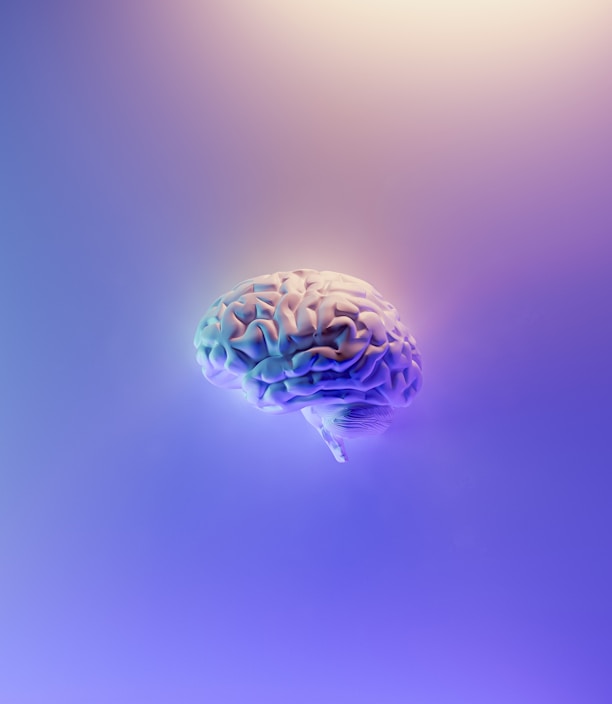Neuropsychological Evaluation


Neuropsychological evaluations, at their simplest, are measurements of how well a person's brain is able to function, to let them think, move, and behave. When all is well, we do not think twice about our brain, but when something changes (e.g., forgetfulness, mood changes, distractibility) it is important to determine whether this is a worrisome change or not.
A Neuropsychological evaluation consists of three main parts; a detailed clinical interview, test administration, and feedback. The clinical interview is an opportunity to gather pertinent details about a person's background, development, medical/mental health history, and current problems/concerns. The test administration is what most people think of when looking at "testing." This is generally a 2-4 hour session involving paper-and-pencil tests and/or some simple computerized tasks that will look at things like attention, thinking speed, learning/retention, visual/spatial skills, language, and complex reasoning.
Lastly, once testing is complete, a feedback session is provided to review the test results, diagnoses, and recommendations for treatment/referrals for additional care.

